We’re now more than a year into the COVID-19 pandemic and many of us are feeling the neck and back pains of poor posture related to working from home, binge watching tv, assembling puzzles, or crafting. I can relate to that last one, as I found needle felting and crocheting brought me some sanity during these crazy times missing friends and family.
Posture problems aren’t new. Text neck, couch potato slouch, “turtle neck” at the computer (forward head posture), and the afternoon slump have all been with us since long before the pandemic. But setting up an office space at the dining table, reworked corner of our homes, bed, or the couch, using a laptop instead of a properly set up computer screen with an ergonomic keyboard and mouse can mean long hours of stress on the body while working from home.
Tips for improving your posture
First of all, there is no one perfect position to stand or sit in. Yogis know this. The practice of asana movement (what most of us in the West recognize as “yoga,” though that is only one part of the practice) is done with breath and focus in order to allow a yogi to be able to sit in one posture for extended periods of meditation time. They understand that it’s not easy to do and they work to make it possible. So, how can we think that it’s normal for us to sit in a manmade chair (reading the book “The Chair” now) for eight hours without experiencing discomfort, pandemic or not?
1. Get fidgety
I often tell my patients to be fidgety when seated. Move your spine, roll your shoulders, wiggle your hands, stretch your neck, pump your calves, stand up occasionally and shake out your legs.
You can get an exercise ball to sit on. A bonus is that you can also use it to stretch out.
I use a wobbly cushion on my chair that helps strengthen the core. The nice thing about this is that it doesn’t take up much space, I can take it off my chair for breaks from core work (recommended if you’re sitting for long periods of time and/or have a weak core!), and it can be moved from chair to chair or even the car.
2. Stretch and strengthen
Because your upper body posture can impact your neck, shoulder, arm, and hands, I recommend neck stretches and strengthening. In the video below, I demonstrate a few exercises/stretches that you can do, including a chin tuck, chest opener, and my favourite exercise–YWTL exercise–for improving upper body posture. You all know the YWCA dance, where you move your arms to form the shape of letters. This is like that, but you don’t need the annoying ear worm song to go along.
For low back, there are a lot of exercise options, of course, but some simple movements include:
- Cat/Cow movement: Start on your hands and knees, shoulder and hip width apart. While you breathe out, arch your back like an angry cat, pulling your spine toward the ceiling and your bellybutton up toward your spine. Your head can drop and you look toward your belly when you do this. With your breath in, move your belly toward the floor, arching your back in the opposite direction and looking up.
- Bridge: Lie on your back with your knees bent and feet planted hip width apart on the floor. Keep your arms by your sides, palms down on the floor, start to raise your buttocks off the floor, bringing it up until your legs form a straight line over your body to your shoulders. Squeeze your buttocks. Slowly lower to the floor. Repeat 8-15 times for 2-3 sets.
- Knee-to-chest stretches: Lying on your back, bring one knee to your chest and use your arms to pull it in. You can have the other leg straight on the floor or if that’s too tight, bend that leg, placing your foot flat on the floor. Switch legs. You can also pull both legs in to the chest at the same time.
- One of the doctors I learned from in China said his top exercise for those with low back pain was a simple sway from side to side of the hips, feet planted about hip width apart.
3. Gain a different perspective. Literally.
Inversions. These are my absolute favourite.
Inversions allow for a decompression of the spine, letting the vertebrae find a bit more social distancing and allowing the spinal fluids to lubricate the joints. It doesn’t matter if you can’t or don’t want to do a headstand or handstand, as inversions have different levels.
I’m fortunate that my work doesn’t generally cause me to have to sit for extended periods of time on a regular basis, but when I do have to, I make sure I do standing forward folds. Stand with your feet hip width apart and slowly curl forward. Bend your knees as much as you need to so you can eventually rest your torso on your thighs. Allow your neck to relax and your head to drop down. Another option is to use yoga blocks, books, or other items so you can bring the floor up closer to you. Once there, breathe slowly and deeply. You can also let your head gently sway or rotate side to side. Bonus is that you may also find this helps relieve some of your stress!
Downward dog is another popular inversion.
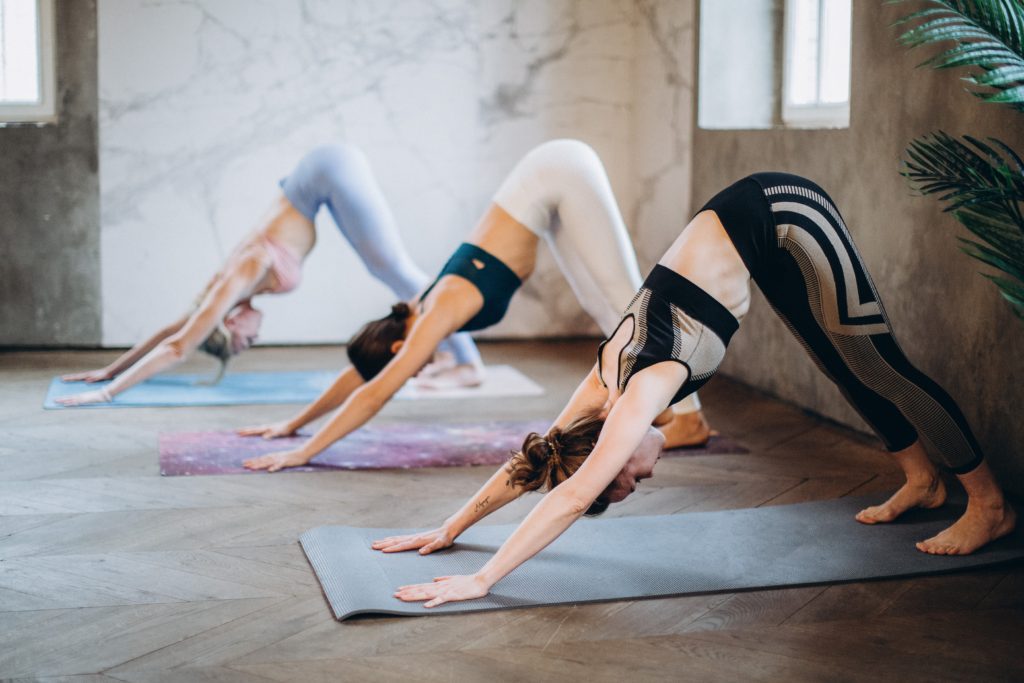
4. Let’s do the twist
Like we did last summer. And fall, winter, and spring.
Twisting can be done lying on the ground, seated, or standing, but despite how much you might be tempted, don’t use your hands to crank your head or your torso into a twist that causes a crack. Let your qualified chiropractor do that.
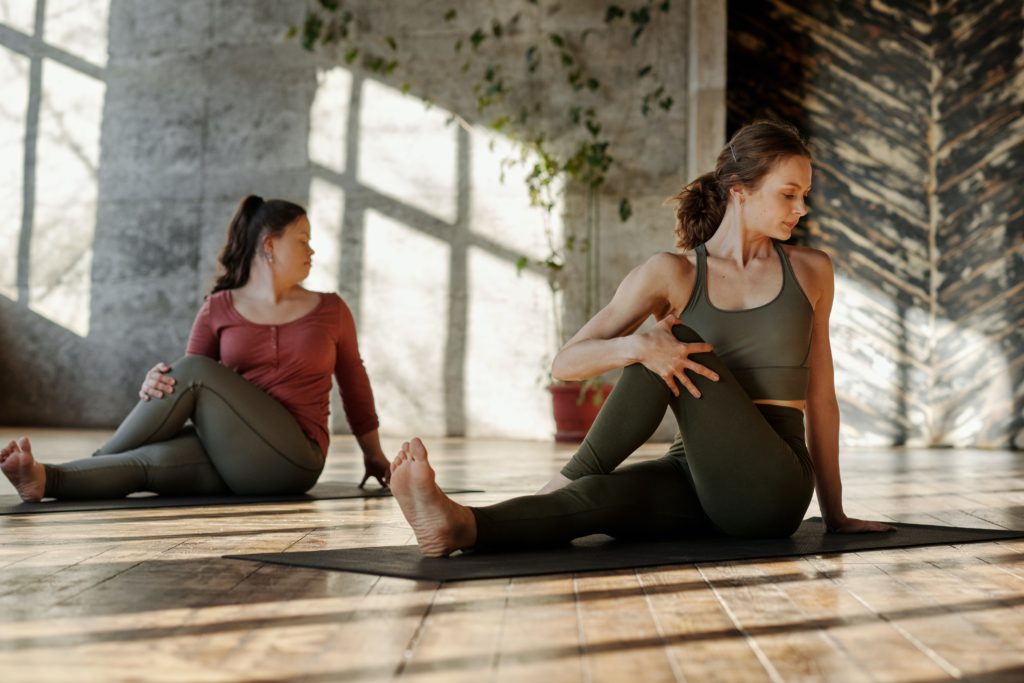
5. Hydrate
While all my other tips thus far have focused on body movement, this is an important point. Have you ever had to adjust your rearview mirror downward at the end of a long workday, meaning you’re a bit shorter? That could be because you’re dehydrated!
Discs sit between your vertebrae, providing cushioning and shock absorption. At the centre of these discs is water. When you are insufficiently hydrated, your discs can’t adequately do their job, leaving you more likely to struggle with pain and stiffness, while putting you at a greater risk for injury.
When you are upright, your vertebrae, stacked one on top of another are falling pray to gravity, compressing the spine and squeezing out the fluid. On top of that, age makes the discs harder to rehydrate. So, a long day at work and getting older can both make you shorter.
But, thankfully, you can reverse at least some of that shrinking by making sure you are well hydrated! Plus, inversions and movement also help allow fluid to return to the discs.
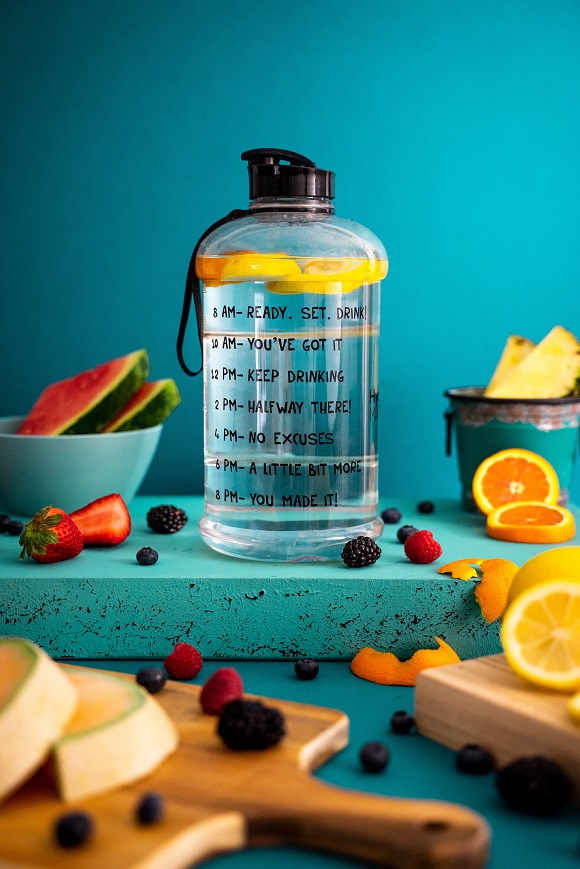
6. Acupuncture and Herbs
Of course, you could be doing all of these things and are still struggling with your pandemic posture, along with the pain, stiffness, and challenges that come with it. Traditional Chinese Medicine (TCM) has solutions.
Sometimes all your stretching, ball rolling into tight muscles, and painkillers simply won’t get those knots out. Acupuncture can help release those muscle trigger points, lessen your muscle tension, abolish (at least temporarily) your stress, improve circulation to your muscles and joints, relieve your pain, and speed your healing.
Neck and back pain are two of the most common health issues I treat. Why? Well, because so many of you have those problems and acupuncture helps!
How, you might ask, do herbs help with posture? In TCM, we always treat the individual, not the symptoms or diseases. Well, truthfully, we treat both because you want your symptoms gone and your diseases managed. This is called root (get to the cause) and branch (treat the symptom) treatment. If you have poor posture because your muscles are weak, and additionally, you tend to overthink and worry, your digestion is poor, and you feel tired, I may prescribe a TCM formula to “strengthen your TCM Spleen*.” If your poor posture comes with joint pain and/or arthritis, thinning bones (osteopenia or osteoporosis), anxiety or being easily startled, and urinary or prostate issues, I will want herbs to focus on your TCM Kidneys*. Tight muscles, tendonitis, issues regarding control or feeling irritable, and sleep or hormone imbalance have me checking on helping your TCM Liver*.
Additionally, I may suggest a simple formula called Corydalis, containing an herb for pain relief and one for muscle relaxation, along with a third herb to help the other two work well together while also supporting the adrenal glands. Turmeric, magnesium, collagen, fish oils, P.E.A., and serrapeptidase are just some of the other supplements I might recommend.

*note that the TCM version of the organs doesn’t necessarily relate to the physical organs of the same name in your body*

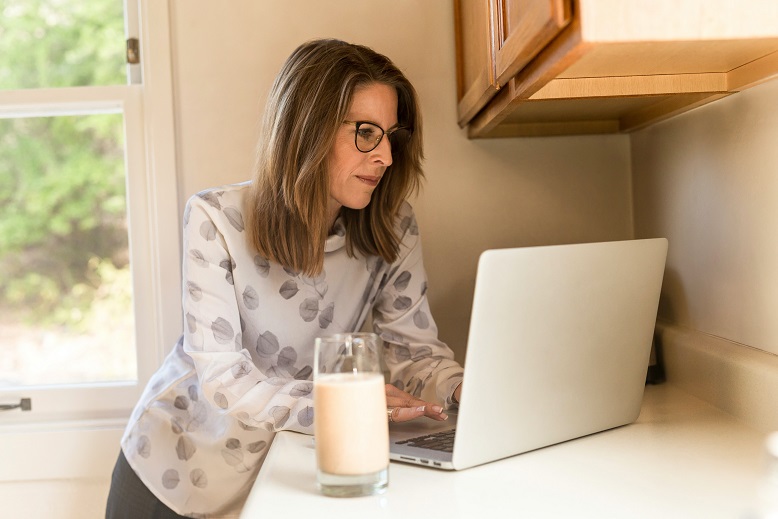




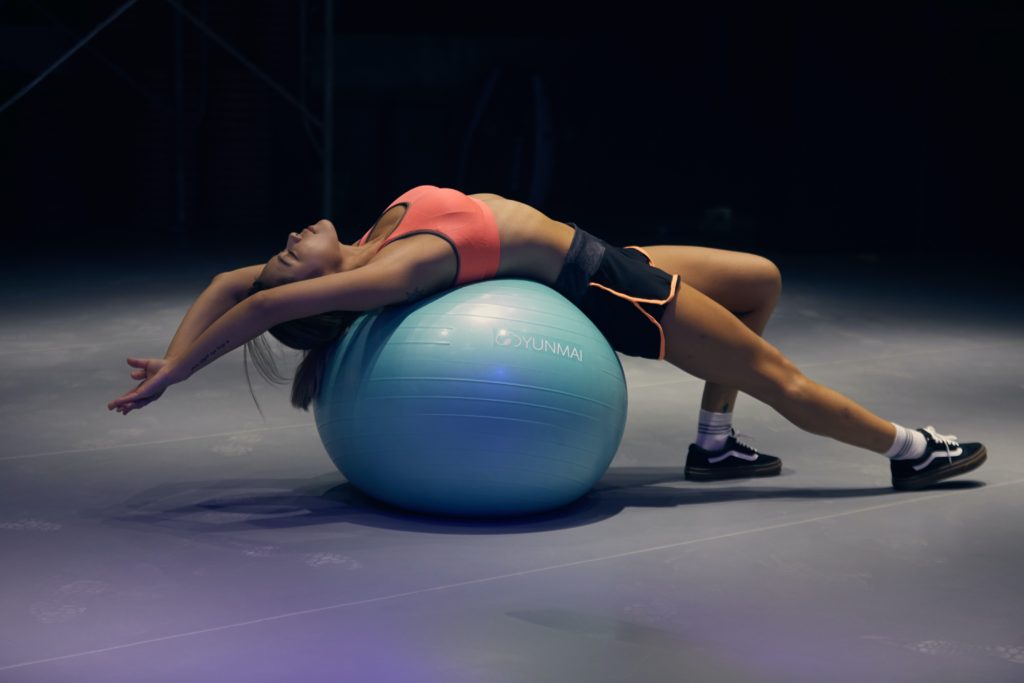

Recent Comments